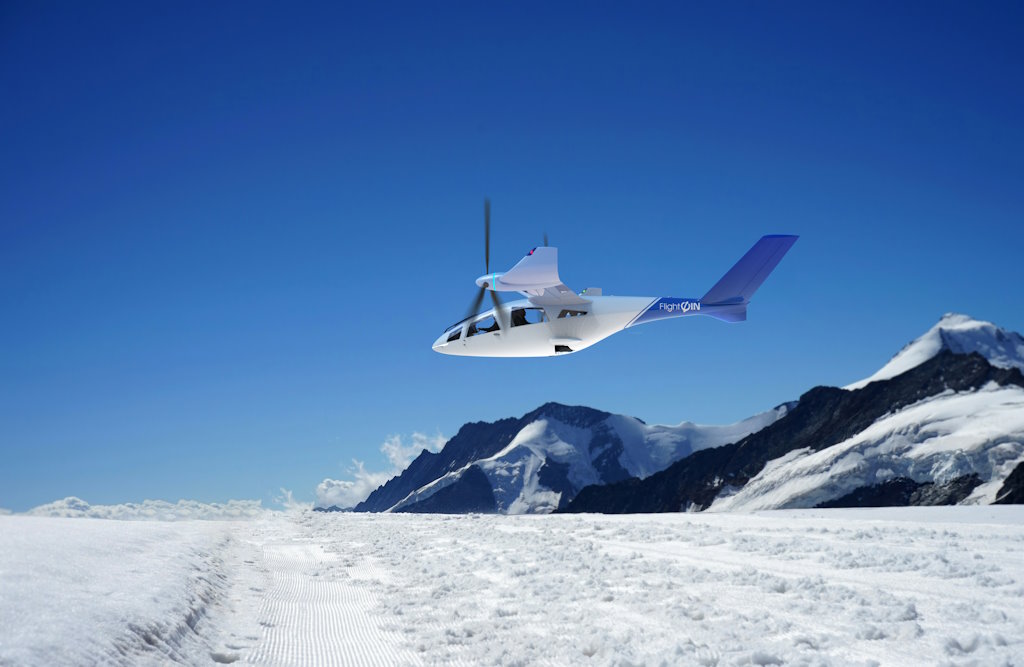|
Getting your Trinity Audio player ready...
|
In the midst of China’s reforms to promote low-altitude economic development and accelerate technological progress, tiltrotor technology has remained a relatively minor element of the local civilian aerospace sector, primarily focused on uncrewed aircraft systems (UAS) and electric vertical takeoff and landing (eVTOL) aircraft, including those using tilt-propeller propulsion. However, two companies have recently revealed full-scale tiltrotor designs.
United Aircraft Group
Shenzhen-based United Aircraft Group’s Lan Ying R6000, unveiled in September with a full-scale mockup (see “China eVTOL Aircraft Round-Up,” Vertiflite, Nov/Dec 2024), signaled a shift in China, with the UAS manufacturer aiming to develop the world’s first 6-tonne (13,200-lb) tiltrotor aircraft.
The R6000 features vertical takeoff and landing (VTOL) capabilities and a 2-tonne (4,400-lb) payload capacity. Its tilting rotors allow it to transition into fixed-wing mode in flight, reaching speeds of up to 550 km/h (300 kt) and offering a range of up to 4,000 km (2,160 nm).
According to the company, the R6000 features an advanced intelligent airspace command and control system, enabling fully autonomous flight with passengers onboard. Engineering teams have designed the tiltrotor to be user-friendly, requiring only short-term training for operators. Large-scale production aims to lower costs, making it more accessible for both operators and users in terms of purchase and maintenance.
Founded in 2012 under CEO Gangyin Tian, United Aircraft has chosen a conventional civil tiltrotor configuration for its R6000 aircraft (similar to the Bell V-280 Valor, with non-tilting rotors) to enhance safety, operational efficiency and compatibility in diverse environments. The company said that while tilting the entire engine nacelle might be technically less challenging, it comes with significant drawbacks. Specifically, a rotating nacelle design directs high-temperature exhaust toward the ground during takeoff and landing, which could affect side cabin door designs, complicate cargo handling operations and pose safety risks to crew and passengers during boarding and deboarding.
To avoid these issues, engineering teams opted for tilting only the rotor. The design aims to eliminate exhaust hazards, reduce side cabin door constraints, and minimize the risk of high-temperature ablation damage to maritime platforms lacking heat-resistant coatings, thereby enhancing the aircraft’s suitability for operations on standard platforms.
“Based on these considerations, we chose the ‘tilt-rotor-only’ design approach,” Tian told Vertiflite, adding that the company is currently advancing the R6000 test flight program. The maiden flight in helicopter mode is slated for completion by mid-2025, with tiltrotor-mode testing to follow later in the year.


